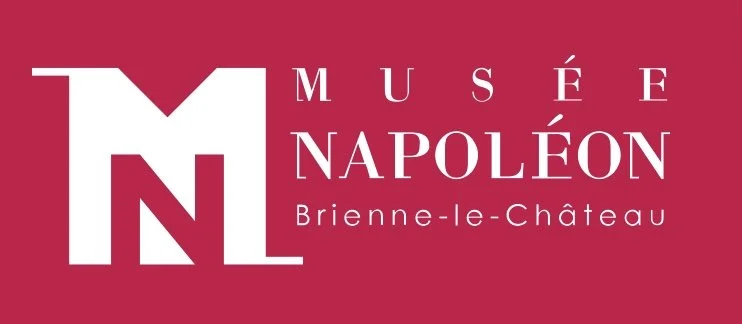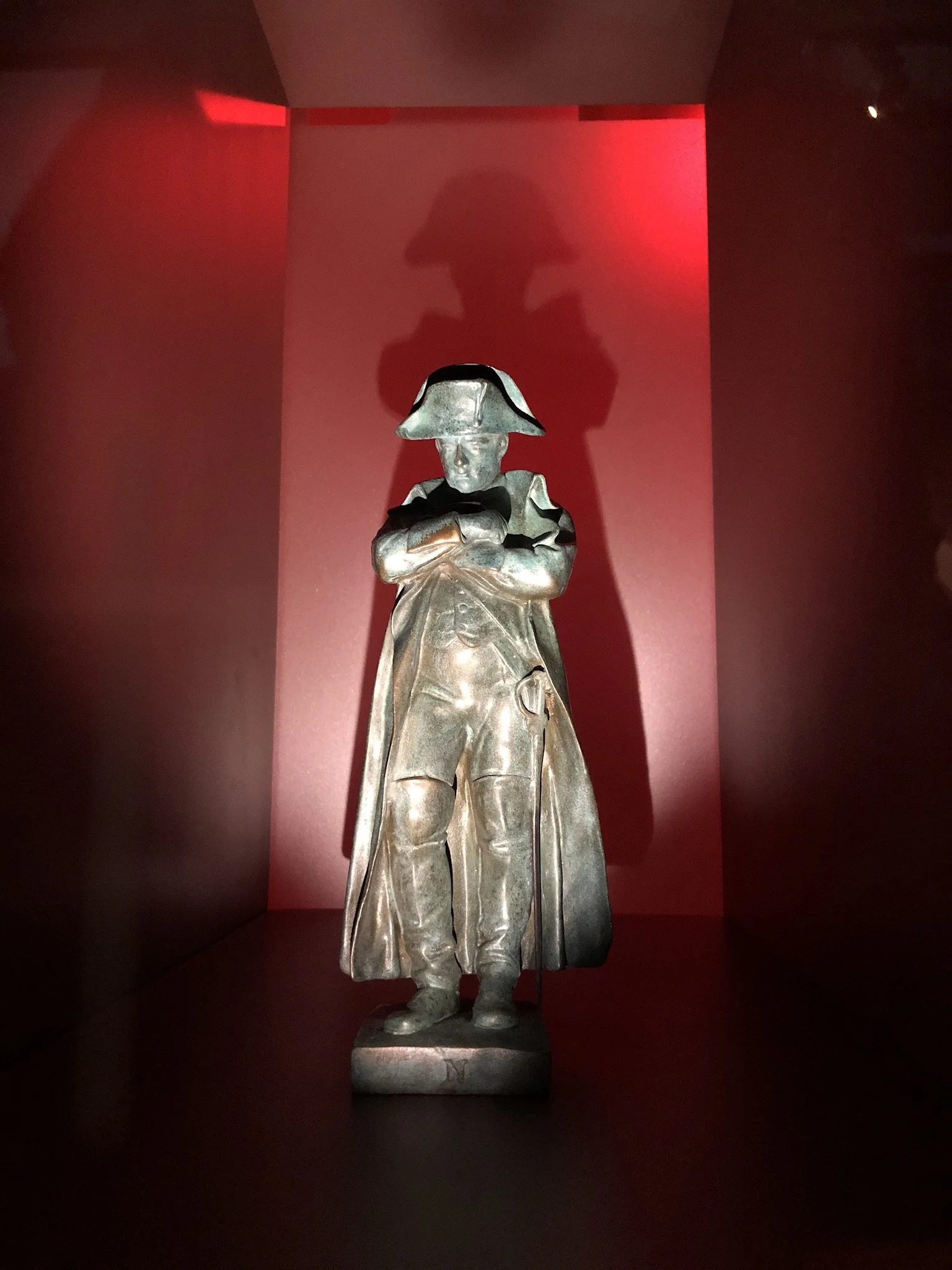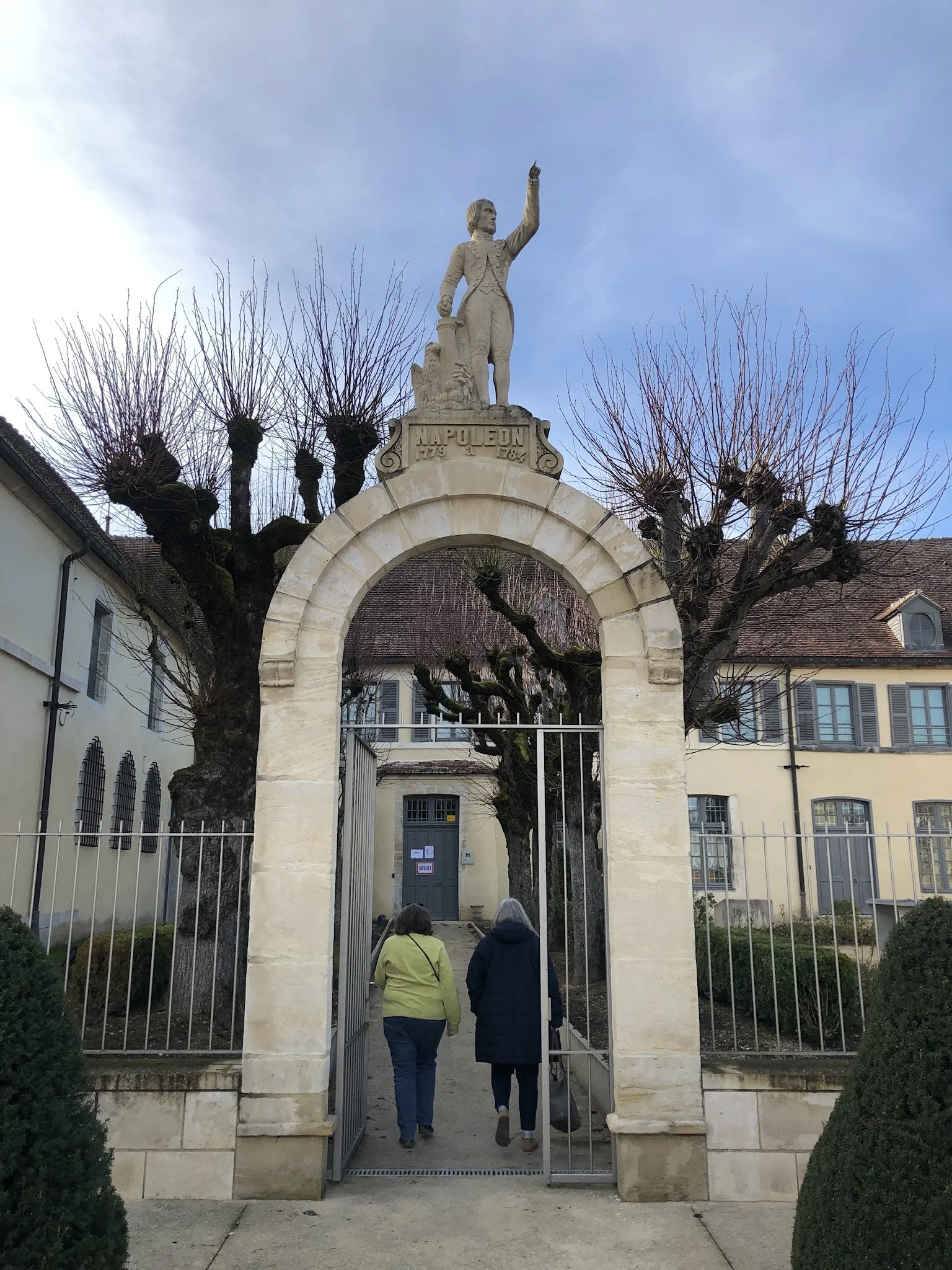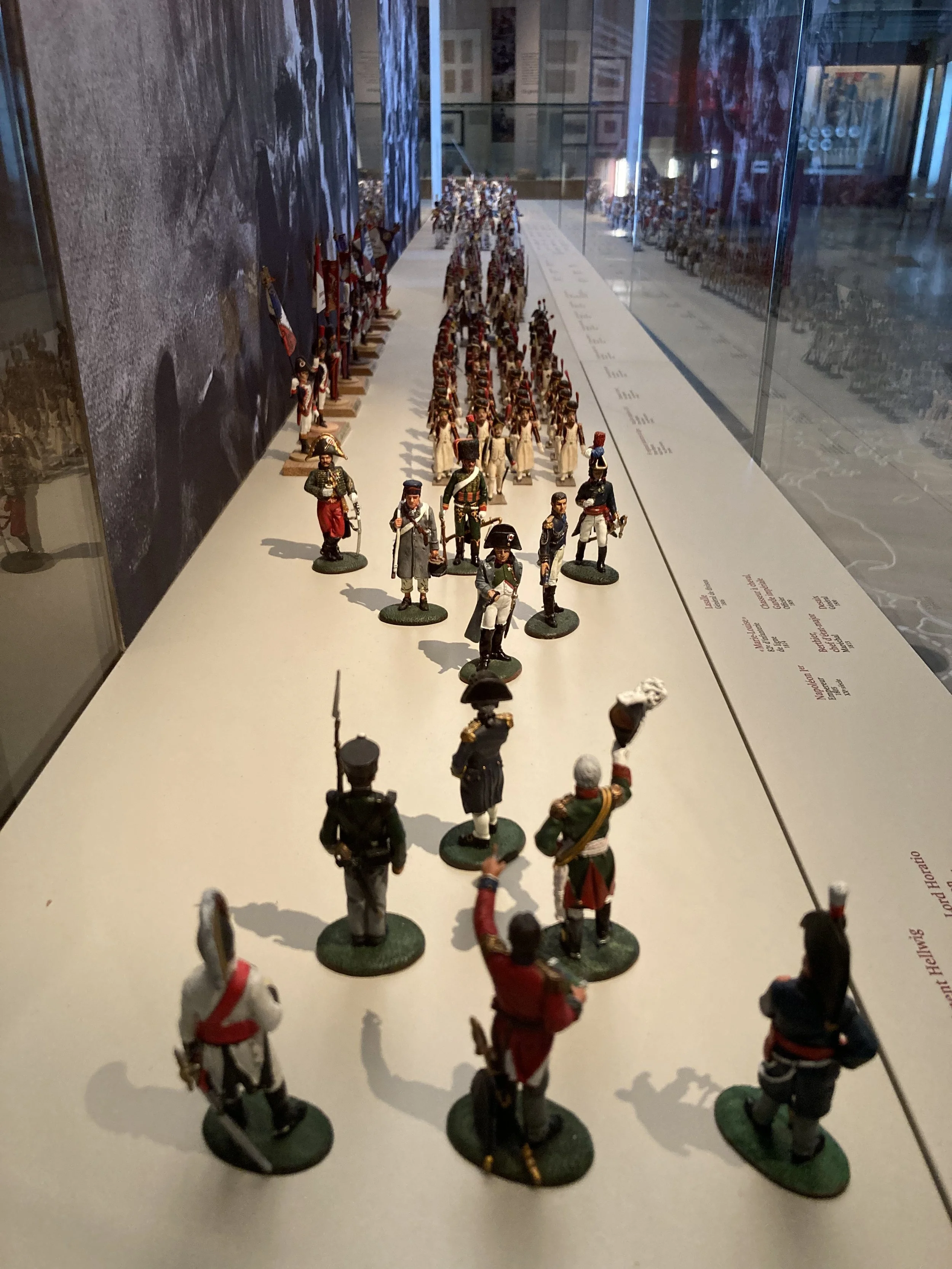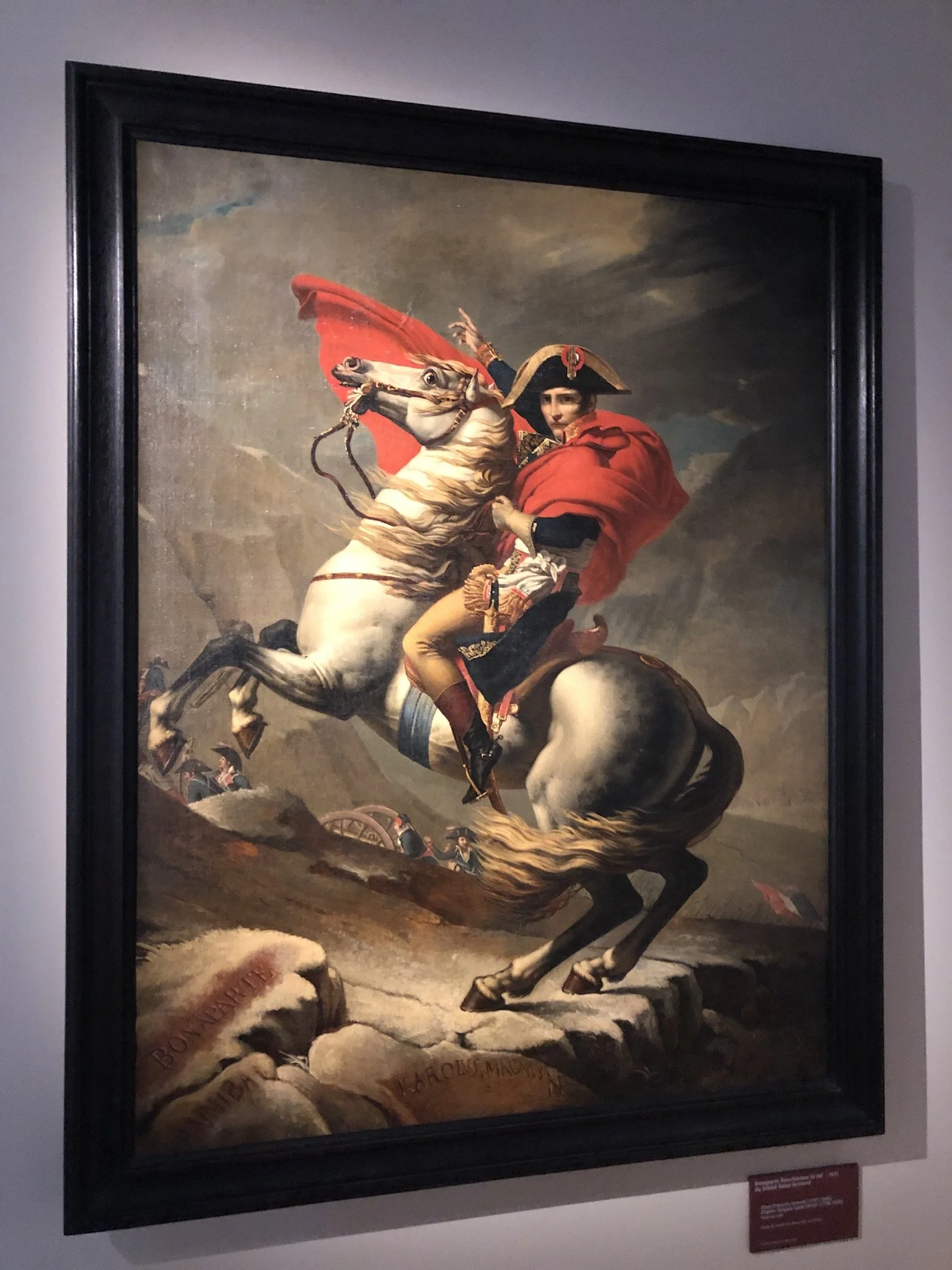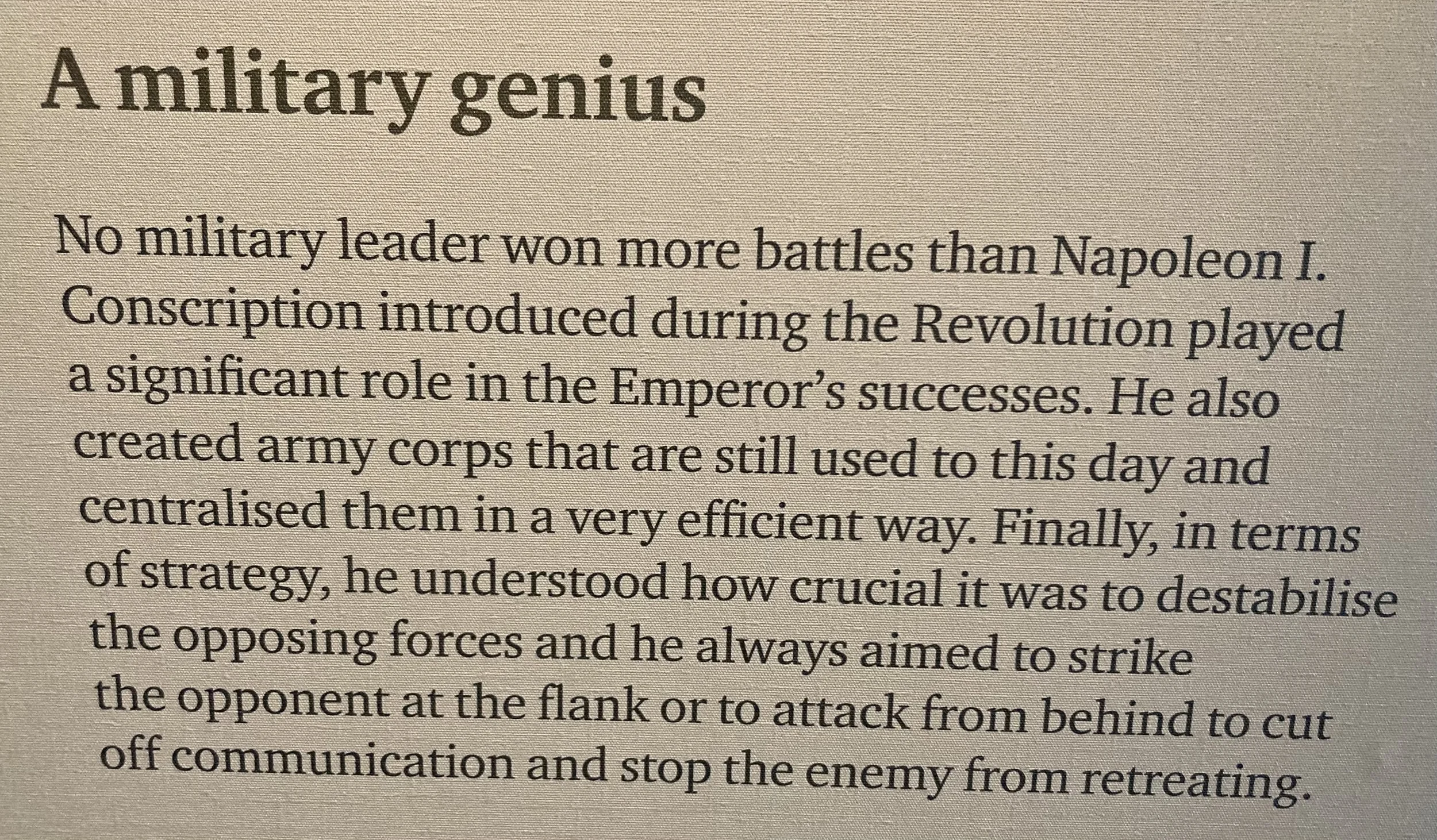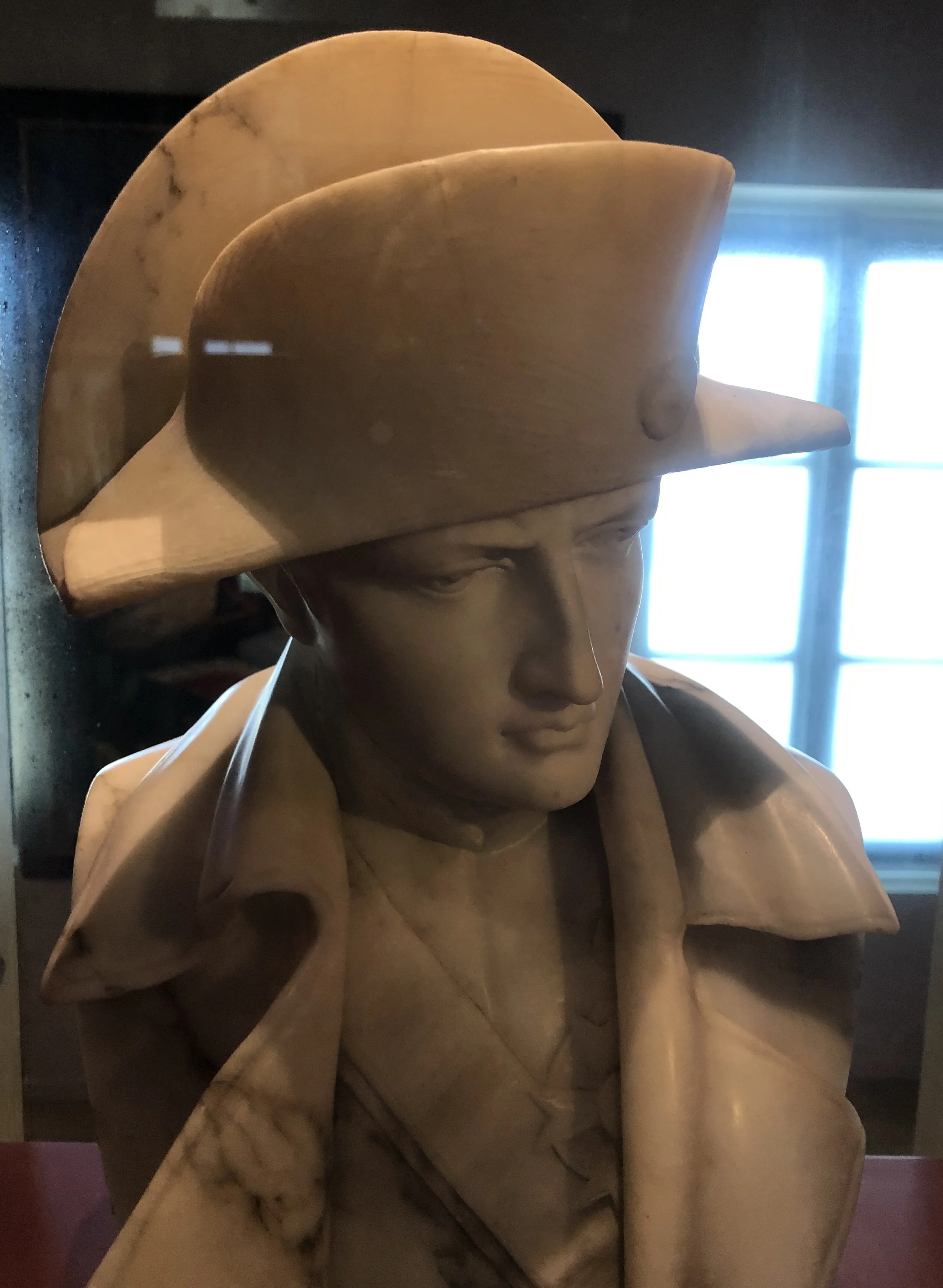Napoleon
We recently visited the Napoleon museum at Brienne-le-Château, about a 45 minute drive from us. The museum was first opened in 1969. It was created in the former military school which Louis XVI opened in 1776. It was one of about a dozen military schools he created across France to provide the nobility with a place to be educated in religious and military studies, however these were short lived as in 1793, after the revolution, the military schools were abolished.
Before they were closed Napoleon attended the school in Brienne as part of his early education. Then in 1805, during the Napoleonic wars, Napoleon passed through Brienne on one of his campaigns and on seeing how the school had become neglected he decided that one day he would like to rebuild it, but this never happened, I think events overtook him.
In 1840 it was bought by a religious order, the Carmélites, but although they had big plans to renovate and extend it, again that didn’t happen, and in 1861 a M. Vinot bought it to convert back into a school for secondary education. Around this time he had the statue of Napoleon erected on the entrance archway.
The town had always been keen to buy the building back, so shortly before M. Vinot died he sold it back to the town. However, they were then asked to donate it to the war department, who converted it into a military barracks, which housed three Battalions of foot soldiers.
But the town always fostered other plans for the building. Because of its history they wanted to create a museum dedicated to Napoleon. So in 1926, when the building was vacated by the battalions, they took it back and in 1933, to help protect it, it was designated as a national monument.
Because of WW2 the museum idea was suspended, and it remained a school until a new educational building was built and the school rehoused.
Finally, in 1965, work to create the museum started, and in 1969 the doors opened to the public.
In 2016 they decided to close the doors to the museum, and over the following 2 years performed a major renovation, reopening in 2018. It now displays a unique collection of Napoleon memorabilia. Most interestingly it explains – with paintings, statues and digital displays – how Napoleon understood the importance of his image and how he controlled it in art, especially his silhouette, which was to be known across Europe.
You can also discover how he had performed as a strategist, and how he became an important, confident leader.
Interspersed throughout the displays are well produced videos and commentaries, along with little snippets of interesting facts, all helping to describe his story.
Napoleon was not only a military leader, he was also a prominent political leader of France. He was Emperor of the French for over a decade. His legacy still remains, as he provided France with various administrations, reforming the penal code and civil code. His reputation often divides opinion, as although he was a successful leader he was also a controversial one.
The museum did leave us wanting to learn more, which for me is what a museum should be all about, igniting a desire to want to understand more. I think we need to get a good book on Napoleon.
I love learning about our surroundings and gaining a different side to the stories we are familiar with, either where we live, or when we travel.
I know I may have mentioned this before, but I’m very impressed with French museums. They are proud of their diverse history and like to share it, which really comes across in their presentation of it. This is not a big museum, but it has some unique and interesting displays, and the building is part of that, soaked as it is in the story it embraces. France offers well crafted museums throughout the country, not just in the large cities, but in smaller towns and villages, that often have their own little part of a story to tell. Well worth a visit if you are in the area.

